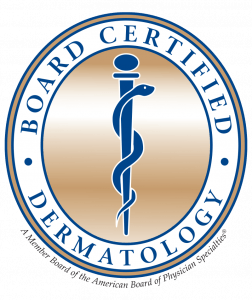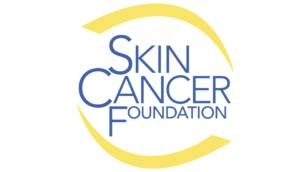Educational video created by the Society for Pediatric Dermatology
Eczema (AKA Atopic Dermatitis) is an itchy skin condition characterized by scaly red patches with bumps, oozing, and crusting. People suffering from eczema have intense itching relieved by scratching which produces secondary thickening of the skin. The hallmark of eczema is recurrence of itchy red skin in typical locations.
Eczema usually starts in childhood with more than 50% affected before one year of age, and 85% affected by five years of age. Although eczema often improves or resolves in many children over time, the disease may persist into adulthood. Those with more severe disease during childhood and those whose eczema started later in life have a higher likelihood of persistence.

Photos courtesy of Dermnet NZ

Photos courtesy of Dermnet NZ


Class I topical steroid (super high potency)
-Augmented betamethasone cream, ointment 0.05%
-Clobetasol dipropionate cream, ointment, foam 0.05%
-Desoximetasone 0.25% spray
Class II (high potency)
-Fluocinonide 0.05% cream, ointment
-Desoximetasone 0.25% cream, ointment
Class III/IV medium potency
-Triamcinilone 0.1% cream, ointment
-Fluticasone 0.005% ointment, cream
Class V (low medium potency)
-Hydrocortisone butyrate 0.1% cream, ointment
-Triamcinilone 0.025% cream, ointment
Class VI topical (low potency)
-Desonide 0.05% ointment, cream, foam
-Aclomethasone 0.05% cream, ointment
-Fluocinolone acetonide 0.01% cream, oil
Class VII (lowest potency)
Hydrocortisone acetate 1%, 2.5% cream, ointment







Copyright © 2024 Craig Singer MD | All Rights Reserved
Sitemap - Privacy Policy - Terms & Conditions - Notice of Privacy Practices (NPP) and Disclosure of Protected Health Information (PHI)
All content found on the SingerDerm.com Website, including: text, images, audio, or other formats were created for informational purposes only. The Content is not intended to be a substitute for professional medical advice, diagnosis, or treatment. Always seek the advice of your physician or other qualified health provider with any questions you may have regarding a medical condition. Never disregard professional medical advice or delay in seeking it because of something you have read on this Website.